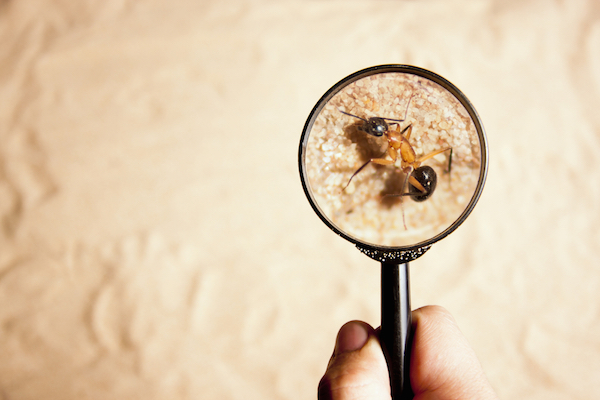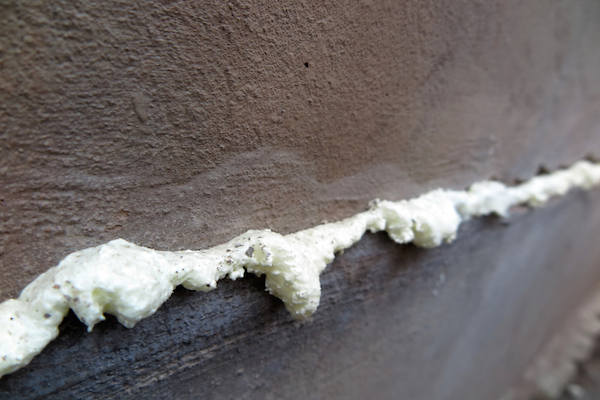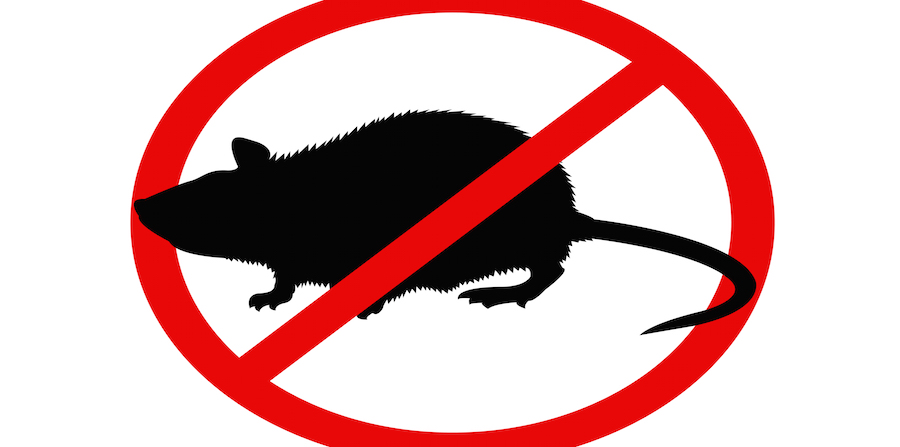During every job, Griffin implements a customized procedure in accordance with Integrated Pest Management (IPM). IPM is “an effective and environmentally sensitive approach to pest management that relies on a combination of common sense practices.”
Griffin is proud to be an industry leader in the application of IPM best practices. We believe that pest control isn’t just about solving the immediate problem; it’s about understanding why that problem happened in the first place and making sure it can’t happen again. This is why we believe IPM is the best way to approach pest control.

What It Is
The industry calls pest control “integrated” when it incorporates the whole spectrum of pest control techniques. Other pest control ideas might follow the same strategy no matter the job, IPM companies get to know what you need. Then, they design a strategy around solving your particular problem. We use the best techniques for you; not just the ones we always use.
By discovering the true source of the problem, IPM companies can use more environmentally sensitive approaches. We look for ways to reduce pesticide use. Instead, we solve the problem through less invasive methods like vector control and careful monitoring. Basically, IPM uses expert knowledge, careful monitoring, and a customized approach to ensure the most effective possible pest control without relying on pesticides.

How It Works
Every IPM job works differently, because we design our pest control approach based on your specific situation. Generally, however, an IPM control strategy breaks down into five broad steps:
Identification
First, the expert identifies what pest you have, how bad the infestation is, and how it happened. Correct pest identification is absolutely essential for any strategy. The best practices for preventing infestation vary considerably based on the pest you have.
Make an Action Plan
Once they’ve gathered the essential information they need, your technician will devise a formal plan for their next step. They work with you to agree on exactly what you want to accomplish, how they can accomplish it, and how long it will take.
Should new circumstances arise during our pest treatment, IPM companies return to this step, re-draw a strategy, and re-confirm it with you. Your technician always informs you before they use pesticide, and let you know exactly when and where they’ll use it.
Prevention Focus
By focusing on how an infestation gets into your home or business in the first place, IPM can address the root of your pest problem, not just its symptoms. It prevent infestations by depriving pests of the three things they look for: food, water, and shelter.
Your technician will inspect and monitor possible problem areas, addressing each possible way your pest could infiltrate your home. They’ll make sanitary and maintenance recommendations and even solve minor problems on-site. If they identify larger maintenance problems, your technician can recommend an appropriate course of action. They will also install pest barriers to cover otherwise vulnerable areas and clear clutter which pests could use for shelter.
Control
After the prevention phase, IPM professionals have found how your infestation happened and fixed the problem. Once they’re sure pests won’t fill in to replace the ones we’re getting rid of, they’ll deal with the pests that are already inside.
While a technician may decide some pesticides are necessary at this point, we’ll also use traps, heat and cold treatment, and physical removal methods such as vacuuming. As always, they only use the control techniques that work best for your particular problem.
Monitoring
After IPM experts follow our initial action plan to completion, they assess the results. The technician will revisit what the initial goal was, review every step they took toward completing that goal, analyze how effective each of those steps was, and make a final conclusion about the status of the pest problem.
If at any point IPM pros notice that pests are still finding their way in, they’ll re-assess their plan, find out what they missed, and solve the problem. At this point, they’ll also make further recommendations for how you can prevent future infestations by addressing problems and following good storage and maintenance practices.

Why It Works
IPM works because it addresses all the problems that cause pests. Instead of just killing the pests you see now, or just wiping out a nest nearby, IPM learns how and why pests target your home.
Through a combination of expertise, science, and diligence, IPM practices manage to be both safer and more effective. Chemical treatments may solve your immediate problem quickly, but IPM techniques will ensure you don’t have to worry about your pest problem again.
If you’d like to know more about how Griffin incorporates IPM into our process, check out our GreenPro certification, our official customer guarantee, and our service package breakdown. If you’ve got a pest problem, give us a call today! Deal with your pest problems permanently with Griffin. You won’t be disappointed.

